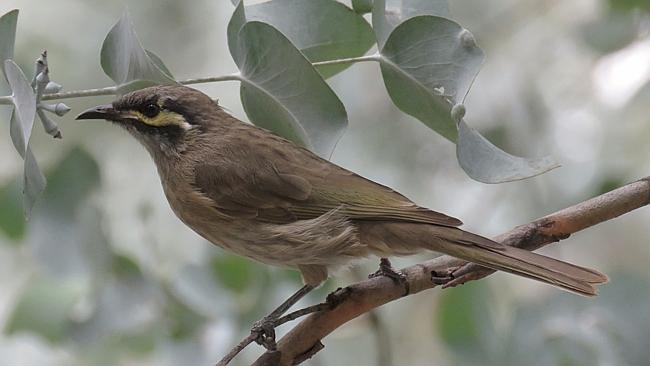
Migratory species have not left to breed in the Arctic summer in Siberia, baffling bird watchers and scientists.
The fear is that hundreds of common terns have not been able to fatten enough to start their 13,000km migration, during which they burn most of their body fat.
Godwits, another migratory species, have also stayed and are now in breeding plumage despite not being at their Arctic breeding grounds.
Birds Queensland spokesman Mike West said four-wheel-drive vehicles might have disturbed the beach-roosting birds.
Another theory was pilchard numbers might be down, cutting food sources.
Perplexingly, other species such as migratory yellow-faced honeyeaters and little wattle birds, which usually fly north from southern states, have not arrived.
"We're not sure what is going on but the birds with their little pea brains seem to know," Mr West said. "It might be to do with atmospheric pressure. It will probably disrupt breeding."
Scientists have never unravelled how birds navigate.
University of Queensland's Hugh Possingham said he did not know what was behind the Fraser issue but there was no doubting the effect of vehicles.
"All car driving and dogs off-lead on beaches and mudflats has a significant negative effect on shorebirds and seabirds like terns," Professor Possingham said.



Comment: See also: Winter bird migrants from Himalayas stay south in Tamil Nadu, India
Migrating birds still delayed by cooler than normal weather in Canada